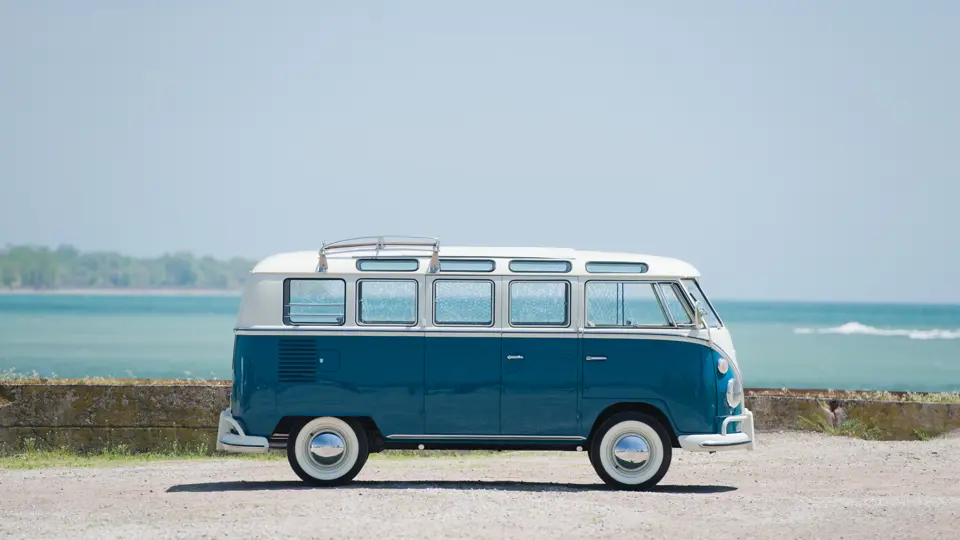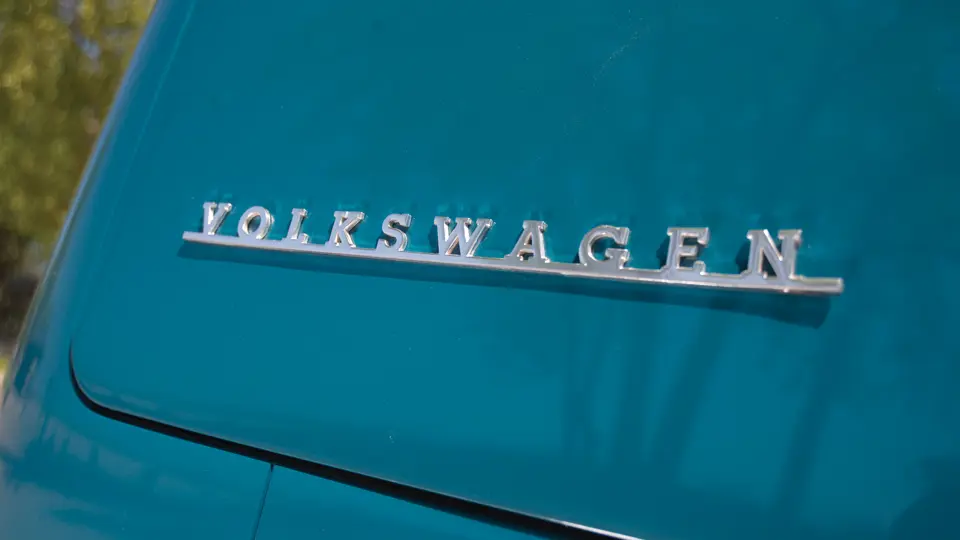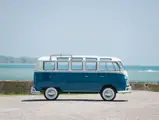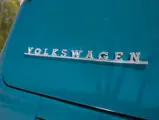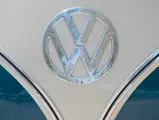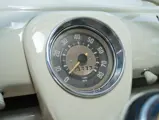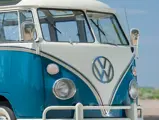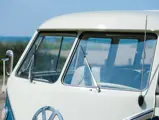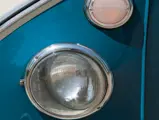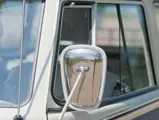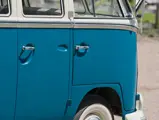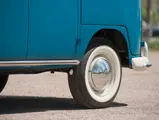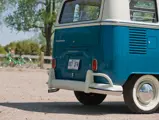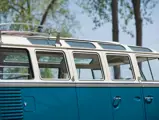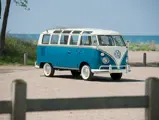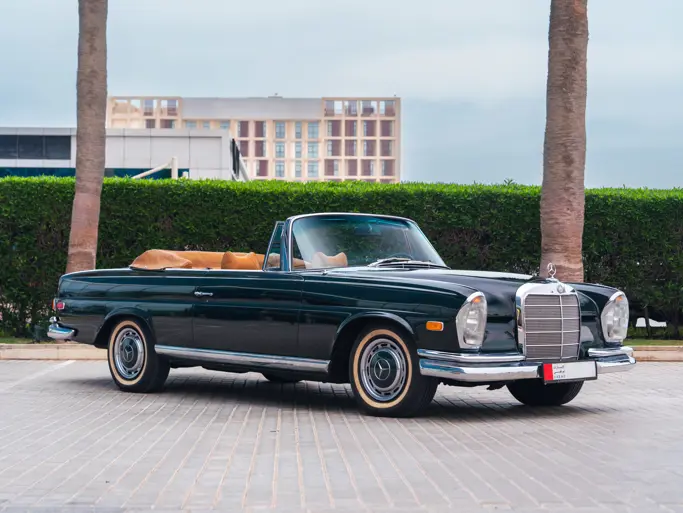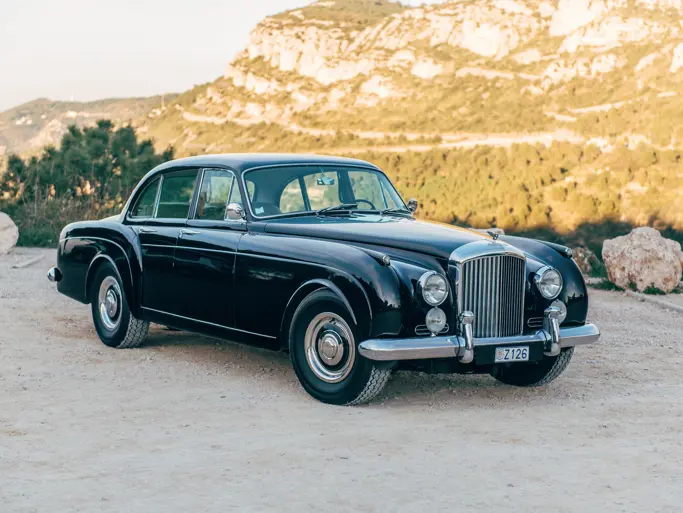40 hp, 1,500 cc overhead-valve air-cooled horizontally opposed four-cylinder engine, four-speed manual transmission, semi-elliptic leaf-spring suspension with shocks and coil springs, and four-wheel drum brakes. Wheelbase: 94.5 in.
With more than 21 million sold worldwide, the Volkswagen Type 1 (or “Beetle,” as it was nicknamed soon after its debut in 1939) would become the best-selling car of all time. Under the direction of the German government to build a “people’s car,” Dr. Ferdinand Porsche set about building prototypes in Stuttgart in the mid-1930s. Production started under British occupation in Germany before the end of 1945, with worldwide exports beginning in the early 1950s. Volkswagen, like other manufacturers, would continue to refine their car and develop variations of the original, but they would also share components throughout their models in order to increase production efficiency and profitability.
One of those variants, the iconic Volkswagen Transporter, first arrived on the American continent in 1949. Competition was non-existent, as there was nothing like it on the market at that time. As it used standard Beetle components, it was at once familiar and easy to maintain and its parts were readily available. It quickly became popular as an efficient way to move people. The Transporter was dubbed the “Micro Bus,” and it would further evolve into other vehicles, including a pickup truck and cargo/delivery van. Its combination of efficiency and practicality deemed it an instant hit with the “flower power” generation of the ’60s, and its boxy design made it the perfect canvas for peace signs, pop-art flowers, and psychedelic paint schemes.
The Micro Bus was powered by a 1,500-cubic centimeter, overhead-valve, horizontally opposed four-cylinder engine that could produce an adequate 40 horsepower. It rode on a 94.5-inch wheelbase, was suspended by a semi-elliptic leaf-spring suspension with shocks and coil springs, and had four-wheel drum brakes.
The rarest variant, the 21-Window Micro Bus, is in many ways considered the ultimate example, which makes it highly desirable among collectors today. In 2006, this outstanding Deluxe Bus was restored in Dove Blue and Pearl White by Classic Showcase, of Oceanside, California. A DVD that details all aspects of the restoration is included with the bus. This Micro Bus has been in the current owner’s collection for the past seven years, and during his tenure, it has been stored in a climate-controlled facility. It features a rare factory sliding sunroof, six outward opening windows, a roof rack, and its original California black plate.
The consigner describes the exterior finish and bodywork to be incredible, with no detail overlooked. The engine that was installed when he purchased the bus has recently been replaced with another correct 1,500-cubic centimeter unit. The previous engine, while not confirmed as the original, is included in a separate crate and accompanies the bus in its sale. Additionally, the Micro Bus has been fitted with new tires, and most importantly, it is accompanied by its original Bill of Sale and other original documentation.
This 21-Window VW is completely detailed and ready for shows and tours. It will no doubt be the star wherever it appears, and it is guaranteed to deliver “smiles for miles.”




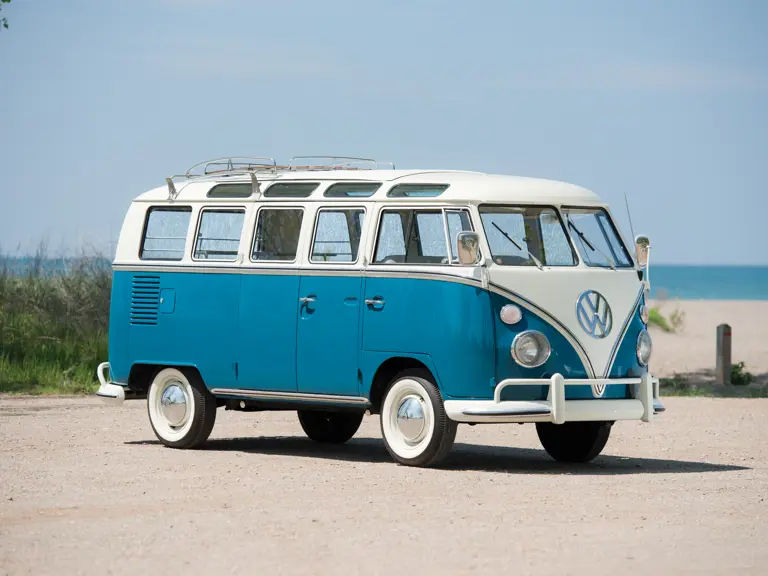

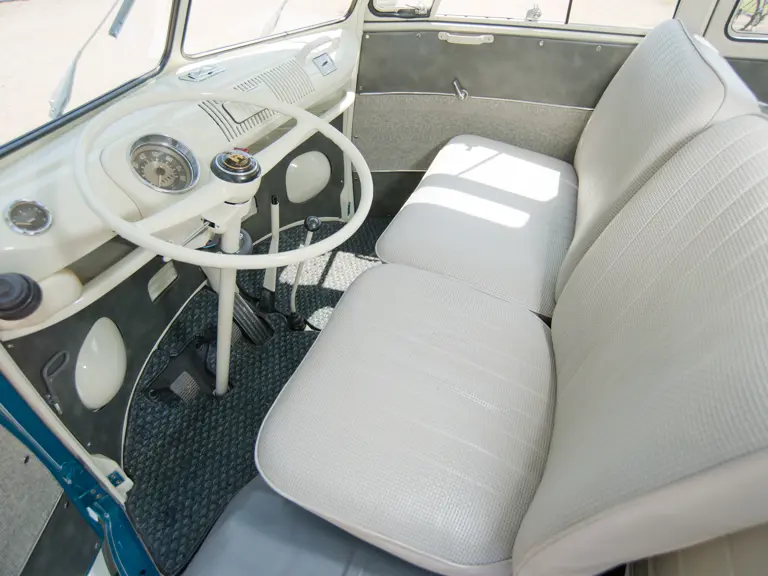
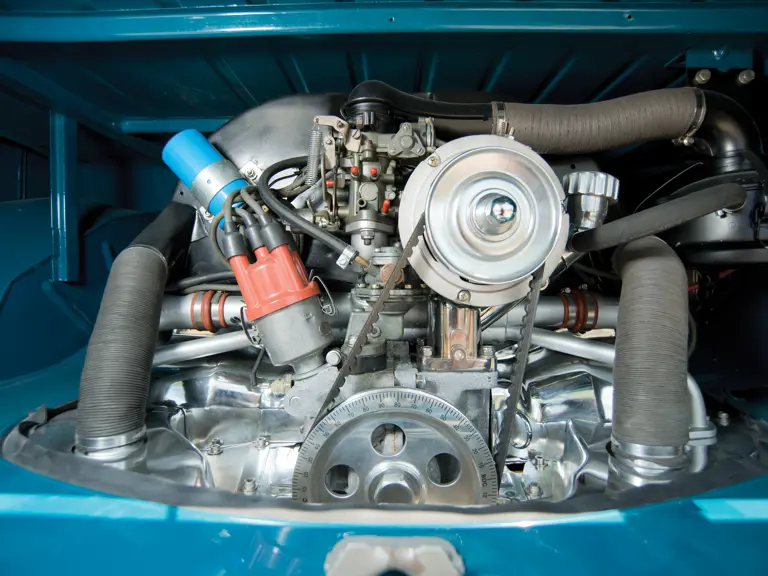
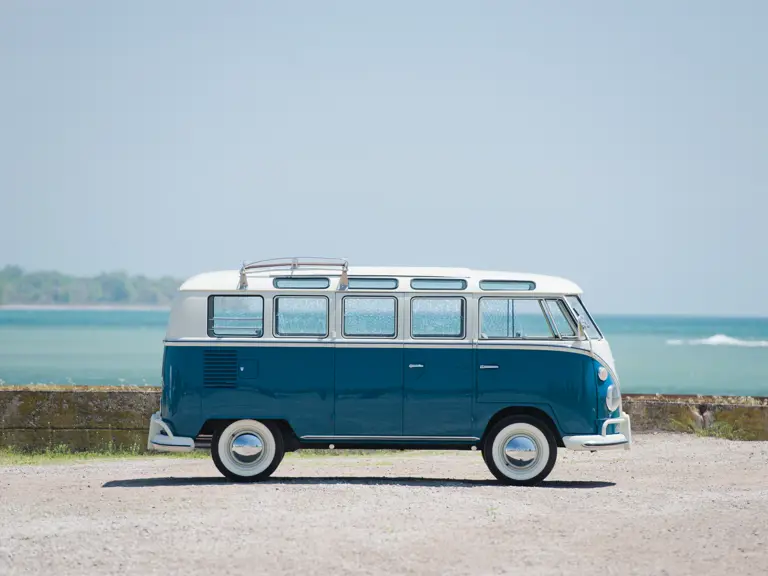
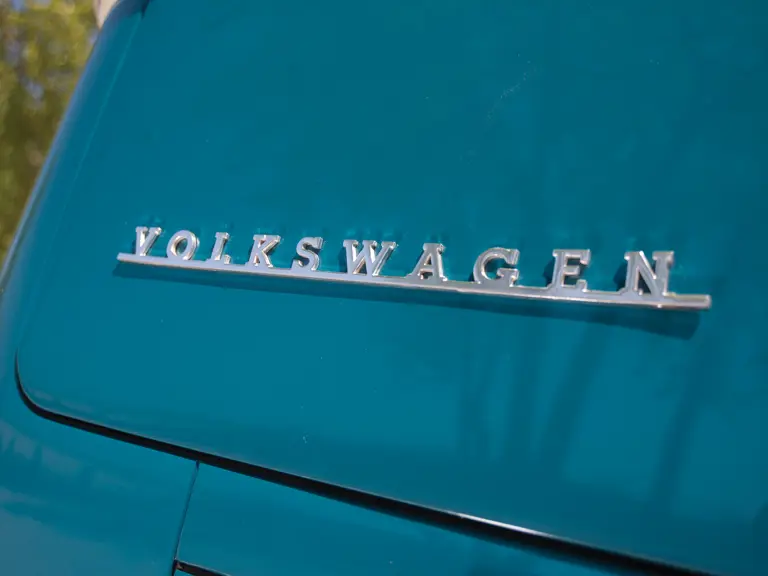
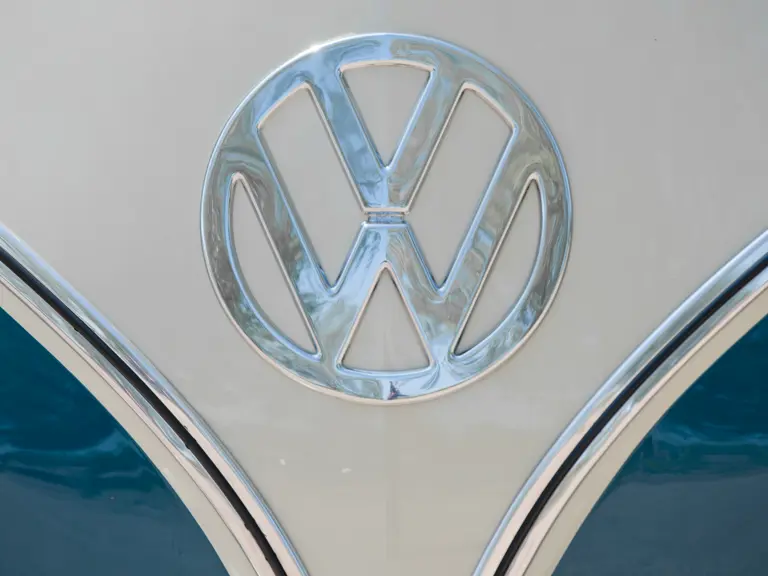


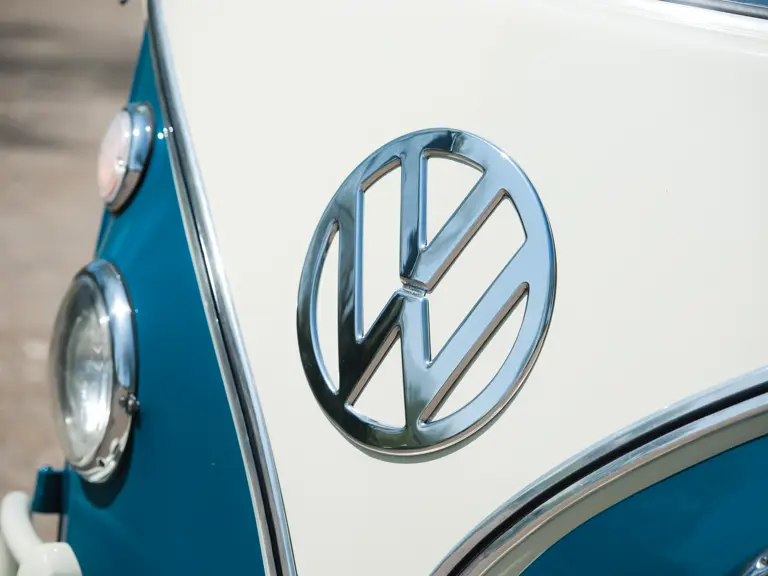
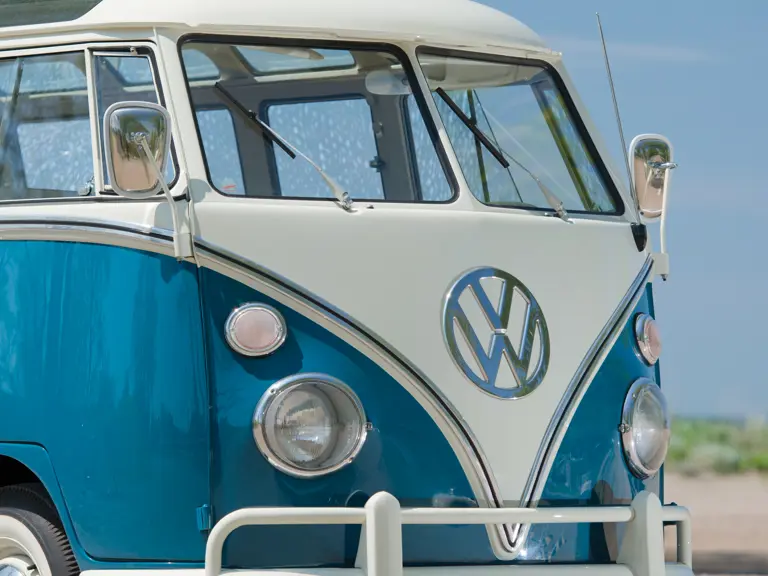
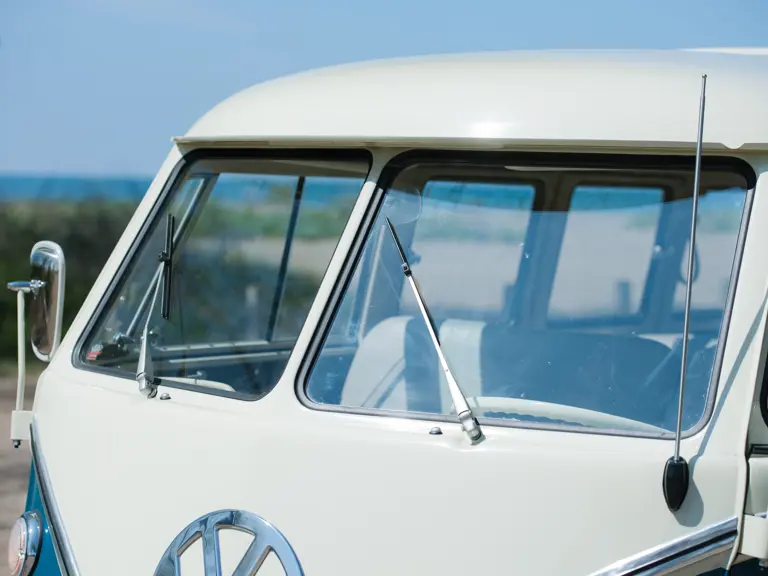
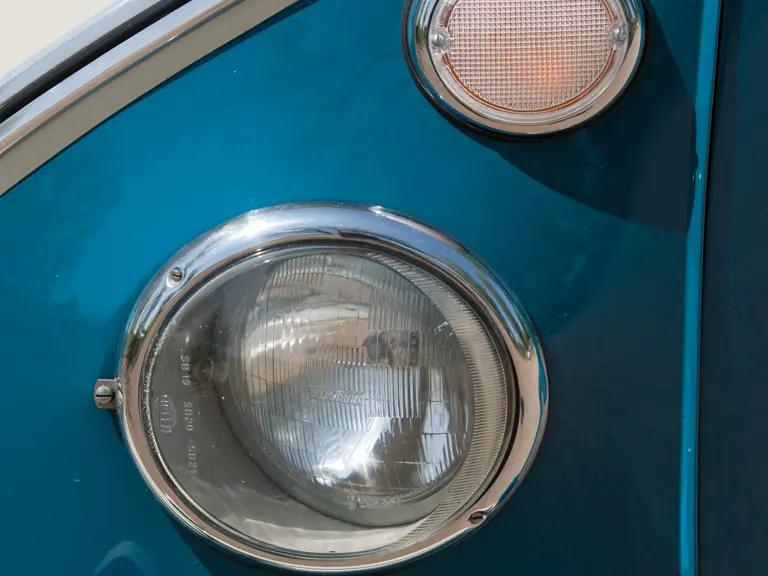
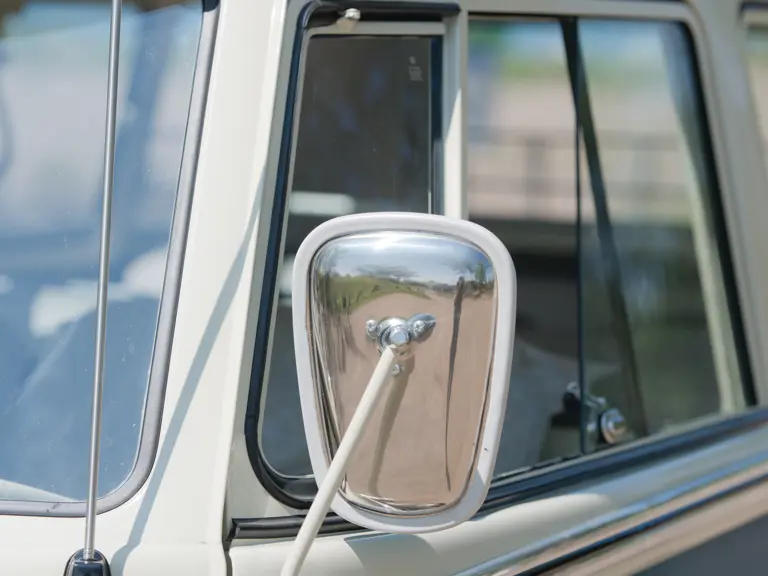


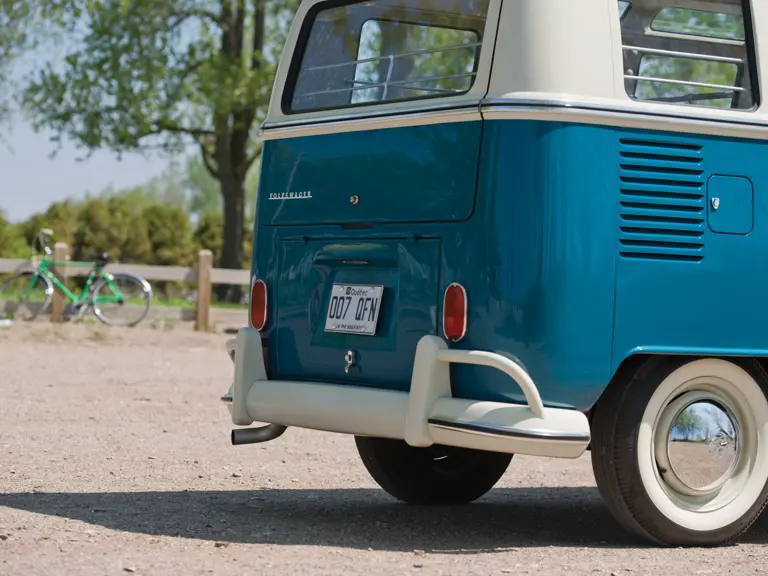

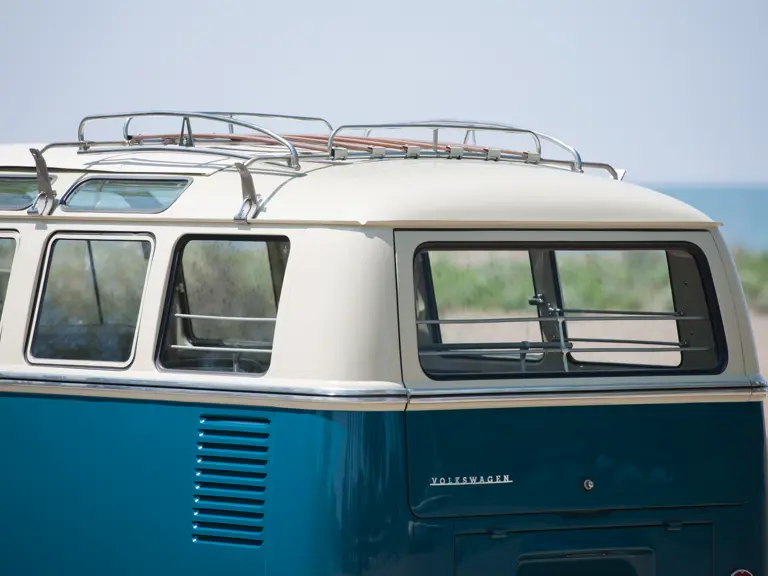
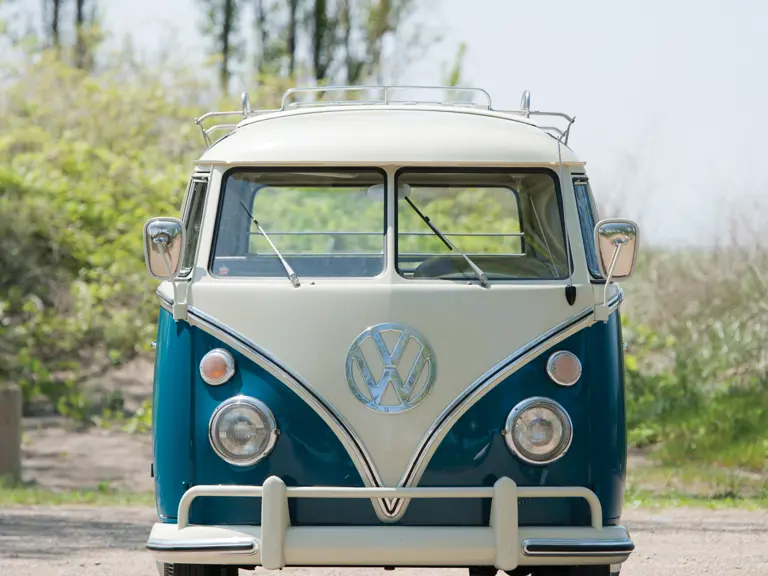
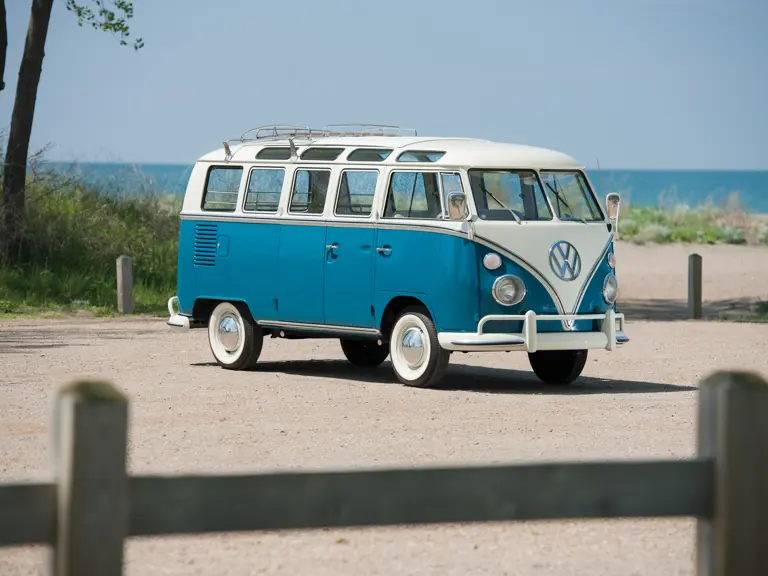

 | Monterey, California
| Monterey, California
